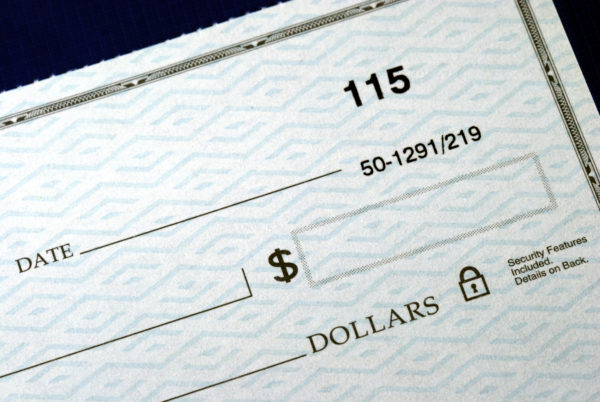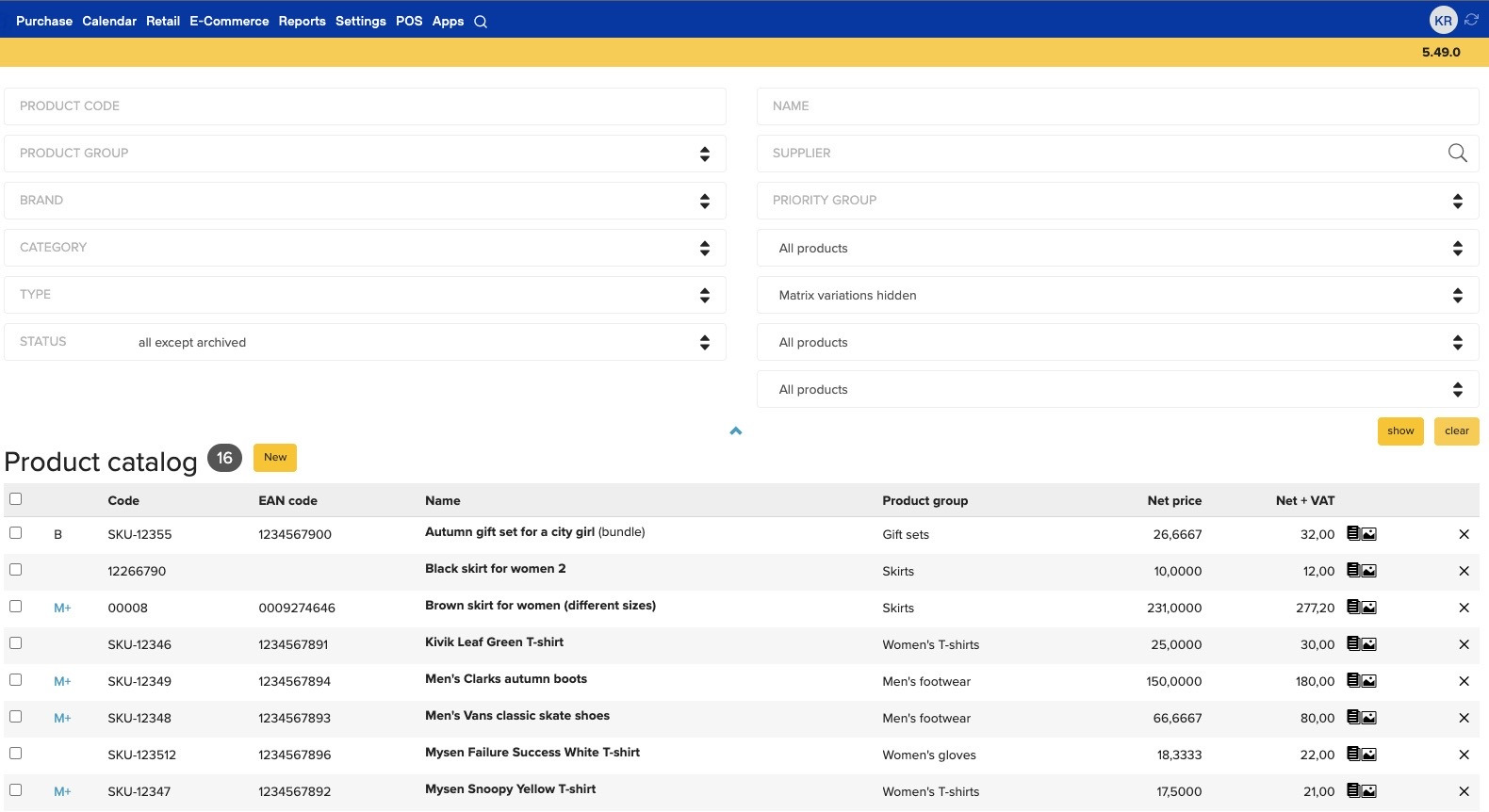The Bank Cheque: Soon To Be A Mere Memory
The cheque or check is a financial document that requires a financial institution to pay the sum indicated on the cheque from the account of a person or organisation to the person or organisation indicated on the cheque.
There are various types of cheques: a registered check (registered to a specific person), bearer cheque or traveller’s cheque (the issuer of the cheque grants the holder of the cheque the option of redeeming the cheque in the bank of a foreign country in the local currency).
Not much is known about how cheques came to be historically. The clay tablets of Mesopotamia, the bonds of Rome or the Persian bank bonds from the 3rd century AD called tchak (the term soon became the more palatable sakk in Arabian countries) are the predecessor of the modern bank cheque in one way or another.

Cheques were used in the 13th century by Venetian merchants and became widespread in the Netherlands in 1500. Trade bloomed and so much money accumulated in the country that people no longer dared keep it at home. It was safer to take it to the cashiers, who, in essence, served as banks. The cashiers charged a fee for putting the money in a savings account and issued a cheque that allowed the holder to reclaim the money at a later time. From the Netherlands, cheques spread to Great Britain and elsewhere in Europe.
Some historians believe that the cheque economy was, instead, established by the Knights Templar, which was founded in 1120. Although several facts in this story can be disputed, it is believed that the Knights Templar established contemporary banking. We primarily know the Templars as warrior monks, but their power spread much further and they were also skilled bankers.
The Templars kept order in Jerusalem and would often leave their fortunes in a church in London before embarking on the long trip. The knights didn’t want to take on the journey with carts full of money – that would have made them easy prey for thieves. This is why the Grand Masters came up with a system where a knight would pay a sum to the church in London and was handed a cheque (ledger) in return that would allow him to withdraw the money in Jerusalem. It’s likely that the cheques were already cipher encrypted back then.
Granted, similar replacement systems for money had existed before, e.g. in China, albeit on a national level. The system used by the Templar was, in essence, based on private capital. Although the church and applying interest were officially mutually exclusive, the Templars found a way to develop banking under the guise of the church (by calling the interest rent, etc.).
The Knights Templar even facilitated some major transactions – for example, when king Henry III of England bought the second largest island near the coast of France, Oleron Island, the order confirmed that the king had paid 1,000 pounds for the island during a five-year period.
When the order’s last stronghold in the Holy Land fell in 1291, the Knights Templar had to relocate to France. They continued only as bankers and their biggest debtor was the king of France. The debts were among the reasons why king Philip the Fair had the Templars and the properties of the order arrested. Another reason was the order’s intention to found their own monastic state. And thus one of the greatest financial powers of the time came to an abrupt end.
The contemporary cheque economy began its quick ascent at the end of the 1770s. Cheques from the era were printed on a form and filled in in part by hand.
At first, the system was relatively clumsy. The question was, how could one bank get money from another? To do so, a messenger had to be sent to the other bank. But that cost both time and money. Legend tells us that the messenger of a bank once entered a coffee shop for some rest and met the messenger from another bank. They realised that to avoid both of them walking all the way to the other bank, they should exchange the cheques right there. This led to the birth of the clearinghouse system – a network that allows banks to exchange cheques. This system is still used today.
The chequebook became commonplace in the mid-19th century. Banks cooperated to make the use of cheques comfortable and safe internationally. For example, the stub of the cheque was retained in the chequebook as a record of the cheque.
However, it would be another century for the next great technological breakthrough. The machine-readable MICR character standard was adopted in the US in 1959 and allowed banks to process cheques significantly faster.
Despite the fact that credit cards began spreading across the globe in the 1950s, cheques were still the most popular non-cash method of payment in the world in the early 1990s. This was, however, the historical peak and the use of cheques has been on a gradual decline ever since. The pan-European Eurocheque system was phased out in 2002 and is considered to have been succeeded by the Maestro bank card system.
Cheques continue to be popular in the US, Canada, UK, Ireland and France but have either fallen completely out of use or play a marginal role in many countries (e.g. in Northern Europe and the Baltic States, Germany, Austria). Verifying and clearing cheques takes a lot of time compared to new electronic methods (it’s common to have to wait weeks for your money after cashing in a cheque) and the service is rather expensive for all concerned parties.
When discussing cheques, we have to also mention the most ingenious cheque forger of all time, Frank Abagnale, who was active in the 1960s. He committed his first con at the age of 15 and became a master of the trade. He didn’t only take great care in forging cheque numbers but had thought of every smallest detail in the process. The fact that it takes some time to clear a cheque allowed him to remain in one region for longer periods. He tended to wear a pilot’s uniform to seem more convincing when cashing in cheques.
Check Fraud Working Group estimates that the annual damage caused by cheque forgeries during the golden age of cheques in the mid-1990s reached around one billion dollars.






